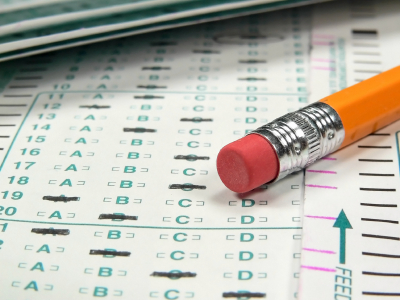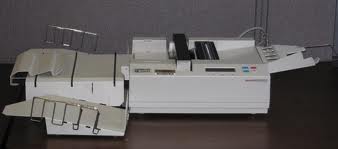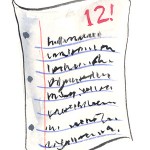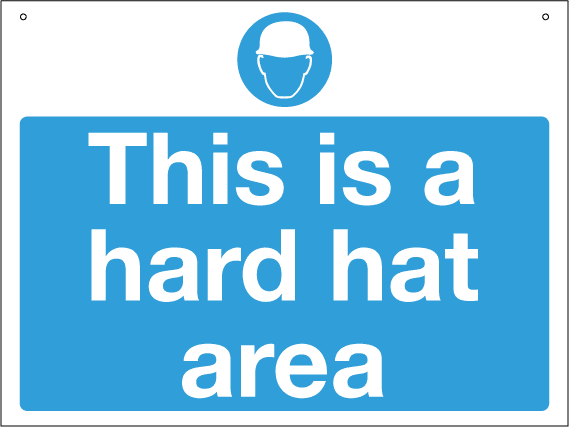 Welcome to my SAT blog! Sign up for my SAT email list and I’ll send exclusive test-prep bonus downloads straight to your inbox!
Welcome to my SAT blog! Sign up for my SAT email list and I’ll send exclusive test-prep bonus downloads straight to your inbox!
The SAT test is a unique exam with a one-of-a-kind scoring and grading system.
Understanding this scoring system can affect your test-taking strategies and greatly increase your score, so it definitely pays to understand the details.
In this SAT prep article, we’ll cover the issue of how the SAT is graded and when to guess on the SAT to maximize your score.
How students enter their SAT answers:
Other than the SAT essay, which is hand-written, all the answers on the SAT exam are entered by “bubbling in” a multiple-choice bubble sheet with a number 2 pencil.
Most questions have five multiple choice options, “A” through “E.”
A few math questions are “free response,” which means “non-multiple choice.”
These answers are entered manually. You still use the bubble sheet, but instead of picking from the five choices of “A” through “E,” you enter up to a four-digit number from a grid. That’s why another name for these questions are the “grid-in” SAT questions.
How to fill in SAT bubble sheets:
It’s very important that you follow the directions when bubbling in your answers on the SAT test. The ScanTron machine that grades your SAT will not be able to understand your intentions if you deviate from the requirements.
Get Exclusive SAT Prep Tips!
I want to send you more tips to help your SAT score, but I need your email address to stay in touch. Enter your email below so I can send you my reports on the SAT and other subscriber-only bonuses.
This means – make sure you’ve completely bubbled in your intended answer in dark pencil. The SAT scoring machine uses some kind of light sensor to “read” the bubble sheets as they slide through it, kind of like a copy machine would.
Don’t leave any stray marks outside the bubbles; the grading machine might pick up on them and think they are wrong answers.
If you change your answer, erase the previous bubble completely. If the previous bubble stays too dark, the machine will think you’ve bubbled two answers and count the question wrong.
What happens to your SAT answers after the day of the test?
When you’re done taking the SAT, finished up, and your bubble sheets are filled in with your answers, the proctor will collect your papers and mail them off a College Board processing facility. 
Here, a ScanTron machine will digitally check and grade your SAT multiple-choice answers.
Meanwhile, your essay will be sent to two human graders to evaluate and score.
Within about a month of taking the SAT, your scores will be posted on the College Board website.
How the SAT is scored:
Your SAT score is figured out in two steps: first, your “raw score” is added up, and then your “scaled score” out of 2400 is determined from a chart.
Raw scores are calculated “per section” (e.g. you get one for Math, one for Critical Reading, and one for Writing Multiple-Choice). Your raw score is calculated like so: +1 point for each right answer, +0 for each skipped question, and -1/4 for each incorrect answer.
Yes, you do lose points for wrong answers on the SAT. However, in the “grid-in” or “free response” Math section (the non-multiple-choice questions), you do NOT lose points for wrong answers for this section only.
Once your raw score is calculated for each section, the College Board will “scale” your score on the 800/2400 scale using an appropriate curve.
There is some minor variation in the conversion between raw score and scaled score; the College Board’s goal is to achieve a bell-curve distribution of SAT scores so that colleges can see who truly excels above the competition.
How the SAT Essay is scored:
The SAT Essay is scored in a different manner than the rest of the test.
In fact, the essay is the only section of the test that is graded by human beings!
Check out this article: Is my SAT Essay Score Good or Bad?
When to guess on the SAT:
 Because we know now about the distinctive SAT scoring system, we can plan a smart guessing strategy!
Because we know now about the distinctive SAT scoring system, we can plan a smart guessing strategy!
A right answer is worth 4 wrong answers. That means we “win more than we lose” if we guess appropriately.
Use the process of elimination to narrow down the possible answers, and then quickly make the decision to guess or to skip.
Here are my SAT guessing rules:
- Don’t guess if you can’t eliminate any answers.
- Don’t guess if you can only eliminate one answer, unless you have a very strong gut feeling about which answer must be right.
- Guess if you can eliminate two answers. Go with your gut, or blindly guess if you have no idea.
- Definitely guess if you can eliminate three answers. You have a 50-50 shot, and you win four times what you might lose.
Master SAT grading fundamentals to improve your test score:
Knowing the minor details of these grading rules can strategically improve your SAT score.
Don’t make any mistakes when entering your answers and know how and when to guess, and you’ll see your score improve (and your confidence as well!)
Now enroll in the Griffin SAT Video Course to continue improving your SAT score!
Further Reading:
What is the SAT Test for?
How long does it take to get SAT scores back?
How to Get a Perfect Score on the SAT
What is a good SAT score?
What is the SAT Essay?
Additional Resources:
Visit my Online SAT Prep Bookstore (e-Books)
Griffin SAT: A Complete Course on Acing the SAT (Video Course)
Learn something useful or interesting from this article? Sign up for my totally FREE SAT prep newsletter for subscriber-only tips and tricks sent straight to your inbox!


















Find Me on Social Media